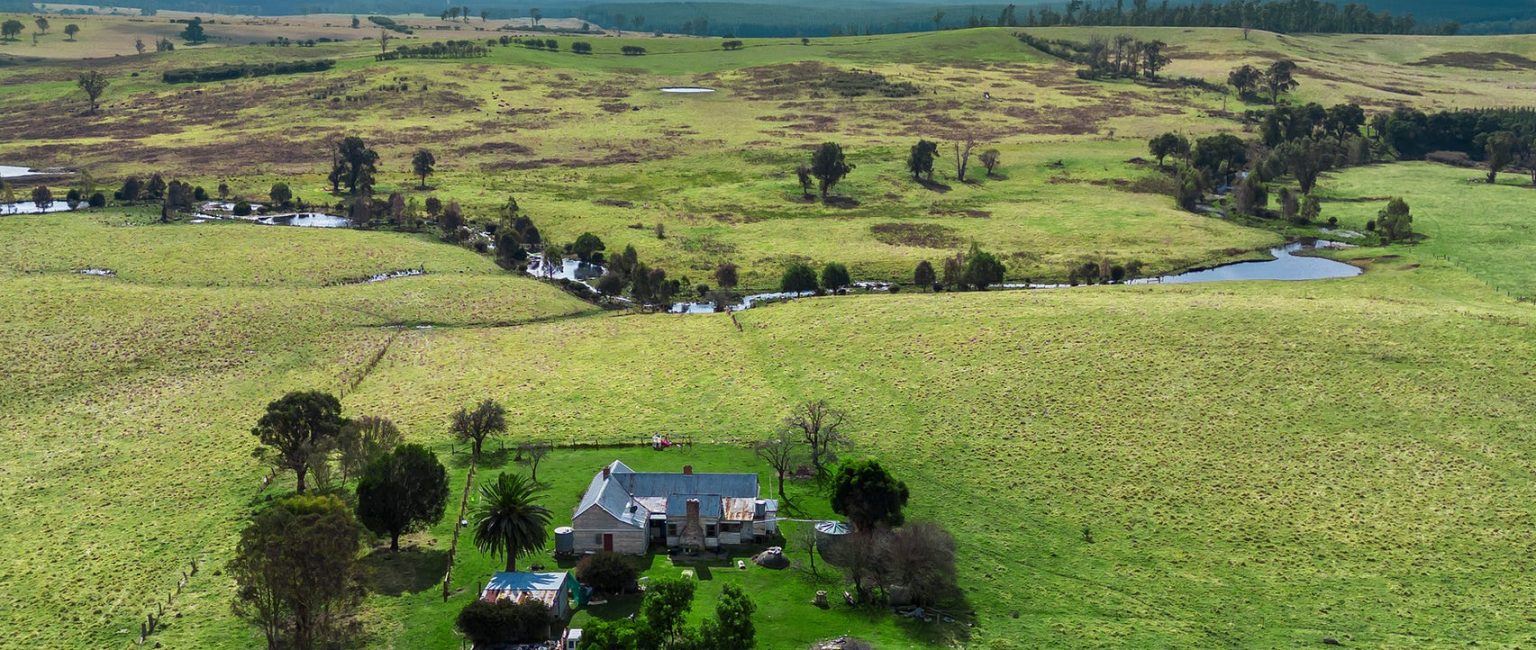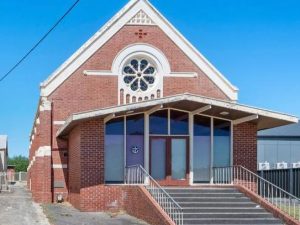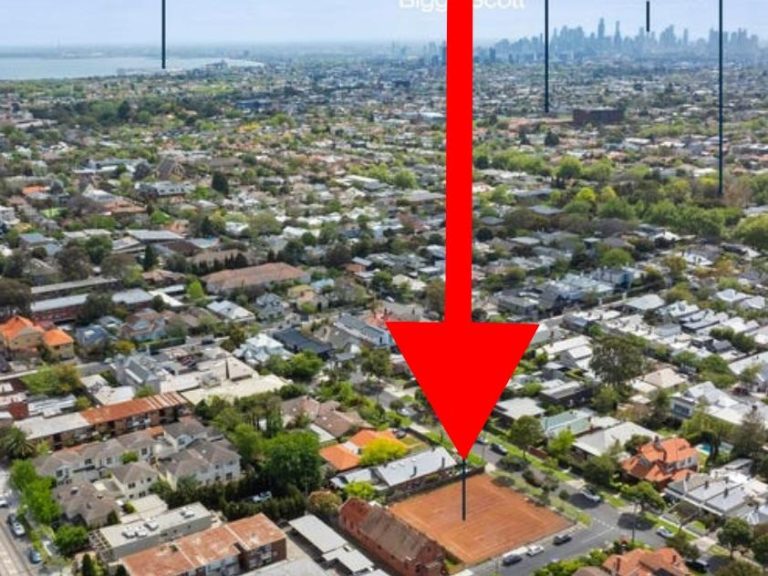Gippsland farm for sale after 140 years

A livestock and cropping farm in Victoria’s East Gippsland is on the market for the first time in nearly 140 years and is likely to attract local farming families hungry for more land.
Covering 573 hectares of lush rolling countryside, Stockdale Park is a versatile operation with a reliable water supply thanks to the Perry River and Providence Ponds, which snake through the pastures, feeding nearly 50 catchment dams.
The Boyd family have owned the property since the 1880s and the ‘Glenorie’ timber homestead was built in 1884. The family developed the farm as a mixed-livestock operation over four generations.
Aside from one portion of the property changing hands briefly in the 1950s, it has never been offered for sale.
Current owner John Boyd grew up here, but now he’s selling to seek a quieter life in retirement.
The farm comprises a shearing shed, sheep and cattle yards, the original 1884 homestead and a three-bedroom home built in the 1970s with an entertaining area, gardens and a tennis court.

The Boyd family built their brick residence in the 1970s. Picture: realcommercial.com.au/for-sale
The property is for sale as one line with a price guide of more than $6 million, or as four separate properties, with CBRE’s Matt Childs managing an expressions of interest campaign that closes on 5 October.
Farmers hungry for more land
Mr Childs said the top selling features of the farm were the scale of the offering, the versatility of the operational capability and the reliable water supply.
He expects a lot of interest, with potential buyers motivated by good seasonal conditions in recent years thanks to La Niña, high yields and strong commodity prices that have left farmers hunting more land.
“An asset of this scale, in one contiguous parcel, is likely to attract strong interest from a broad scale of investors. The generational farming families are one of the strongest investor groups at the current time,” he said.
A similar livestock farm measuring 569 hectares with irrigation around 25km away already has buyers salivating.
Agent Leo O’Brien at Leo O’Brien Property is managing an expressions of interest campaign closing on 23 September.

The property covers 569 hectares of mostly flat to slightly undulating country in central Gippsland.
Picture: realestate.com.au/buy
With a price guide of $8 million, he said the farm, at 1131 Reservoir Road, Munro, has been gaining a lot of interest during its three weeks on the market, mainly from farming families in Victoria as well as some corporates.
“It’s getting so difficult to buy 1,400 acres in one farm. So it’s getting pretty broad interest.”
He said the balance of “good dry country” with 105 hectares under pivot irrigation is ideal for livestock, horticulture and even solar.
“There’s quite a few competing interests now that are starting to show their heads in the area.”
Gippsland is ‘tightly-held’
PropTrack economist Anne Flaherty said 2021 was a “particularly strong year” when it came to farmland values following years of growth, thanks to strong commodity prices, favourable weather and record low interest rates.
“[We saw] double-digit growth over the four years between 2018 to 2021. Last year recorded the strongest appreciation in farmland values in over a decade,” she said.
Experts say Gippsland’s favourable soil and reliable climatic conditions are key to buyers, particularly when weather patterns are more erratic elsewhere.
“The market for larger scale grazing and cropping properties remains strong and Gippsland is a tightly-held and popular location given its favourable soil types, cooler climate and secure rainfall,” said Duncan McCulloch, national director of rural and agribusiness at Colliers.

Stockdale Park has very reliable stock water supplies, fed by the Perry River and Providence Ponds. Picture: realcommercial.com.au/for-sale
“There is likely to be strong interest for opportunities of this scale from a range of buyers including large private and family pastoralists and graziers looking to expand operations, vertically integrated supply chain businesses and also interstate purchasers — particularly those from NSW that are currently experiencing unpredictable weather patterns and are seeking more reliable climatic conditions.”
JLL’s agribusiness director Chris Lawlor said with few properties on the market, all listings are generating interest from multiple parties with institutional and corporate investors very active on anything of scale — and location is key.
“Properties in tightly-held areas are still attracting a premium from progressive locals and neighbours intent on expanding on the back of strong equity gains of their own, combined with reliable balance sheets.”
Growth in land values slowing
Buyers can also be confident of the outlook going forward, Mr Lawlor added.
“With this season looking like another La Niña cycle across most of the country, good growing conditions and ample water supply give a level of certainty to crop yields and livestock growth rates,” he said.
“Although interest rates are rising, it is off a low base and, depending on individual buyers’ debt levels, still manageable when considering nearby acquisitions.”
But Ms Flaherty said conditions for farmland are not quite as strong as they were last year.
“This year conditions are more challenging. Some commodities, including cattle, have seen prices fall, while at the same time debt costs are rising and input costs have been extremely volatile.
“While demand for farmland has so far proven resilient, these factors mean we are unlikely to see the level of growth in land values that we saw last year.”







